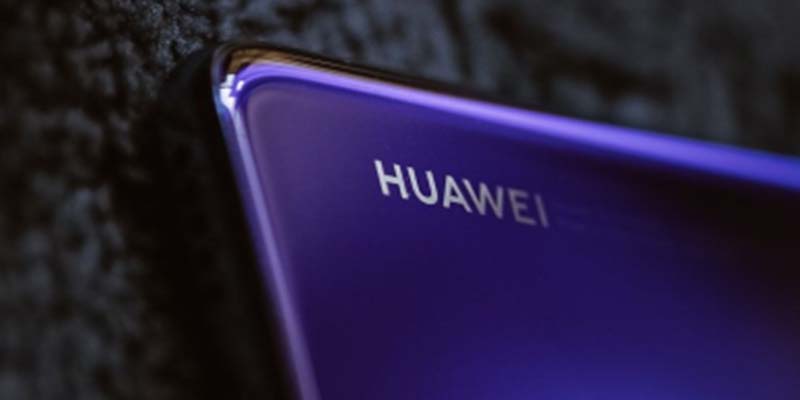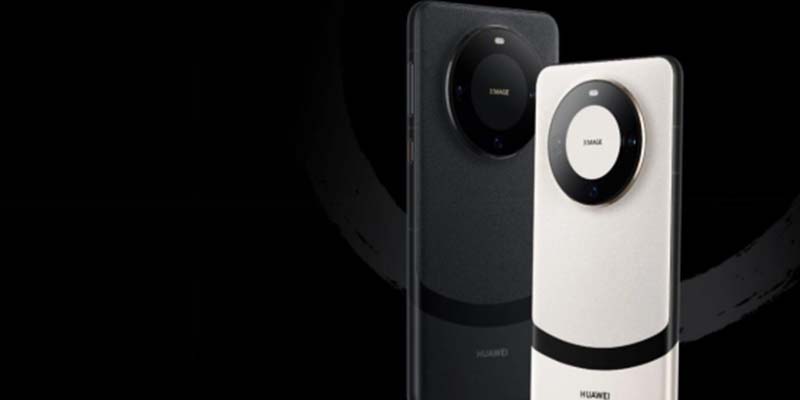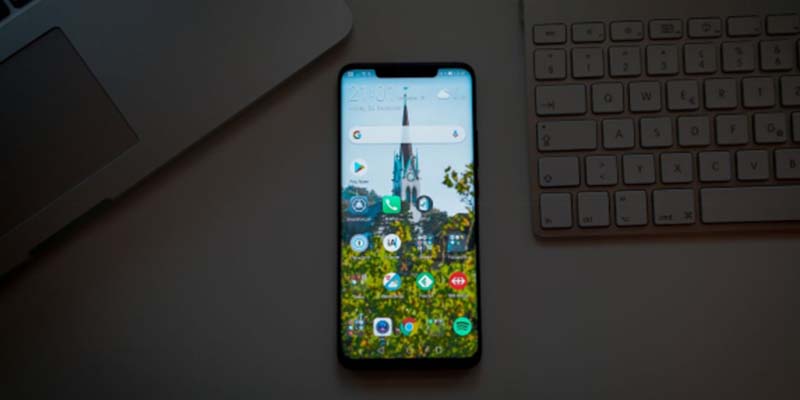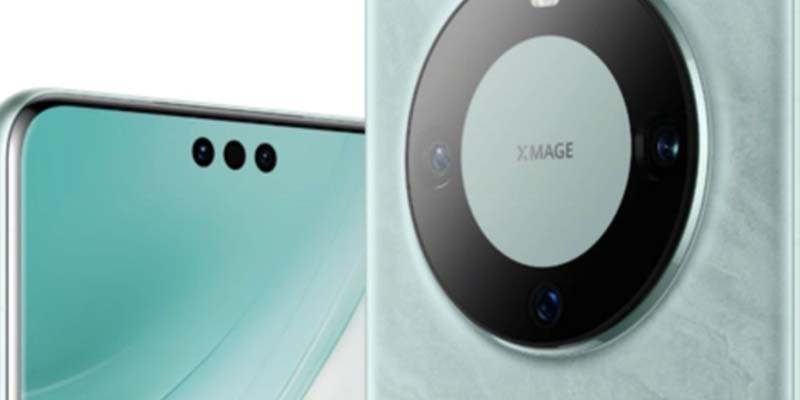Following the release of the Huawei Mate 60 and 60 Pro, the Chinese tech giant has added yet another high-end device to its series, the Huawei Mate 60 Pro+. This new device is yet another testament to theiri’s commitment to pushing the boundaries of what is possible in smartphones. The Mate 60 Pro+ comes with a slew of upgrades and features that make it a strong contender in the competitive phone market.
Here, we will delve into the upgrades and the unique features of the Huawei Mate 60 Pro+, especially compared to its predecessor, the Mate 60 Pro. We will also focus on the BeiDou network, which plays a crucial part in the new Mate 60+.
Compared with Mate 60 Pro, what upgrades does Huawei Mate 60 Pro+ have?
The new Huawei Mate 60 Pro+ is essentially built on the foundation of the standard Pro model, but it certainly upgrades many of its features to the next level.
Memory and Software
Starting with the core, Huawei has remained tight-lipped about the chipset powering the Mate series. But it’s likely the 7nm Kirin 9000s, which was produced in China. What sets the Pro+ apart is the generous bump in RAM, now at a whopping 16GB (compared to the 12GB in the Pro). The new model’s storage options include 512GB or 1TB, which can be further expanded using Huawei’s proprietary NM card format. Surprisingly, this format still maxes out at 256GB despite the advancements in storage technology.

Display
The display is a 6.82-inch LTPO OLED, akin to the Pro model. but the Huawei Mate 60 Pro+ offers a sharper resolution of 1,260 x 2,720 pixels. This display is a 10-bit panel with a versatile refresh rate ranging from 1Hz to 120Hz and a responsive 300Hz touch sampling rate. The brightness of the screen is regulated by a high-frequency 1,440Hz PWM dimming.
For durability and protection, the Mate 60 Pro+ boasts second-gen Kunlun glass and carries an IP68 rating. This allows it to survive submerged in a whopping 6 meters (20 feet) of water for half an hour. The front display features three punch holes – one for the 13MP selfie camera and two for the 3D ToF system.
Camera
The triple camera setup on the back is impressive. The primary module features a 48MP sensor and an OIS-enabled lens sporting a variable aperture (ranging from f/1.4 to f/4.0). It is accompanied by a periscope lens, equipped with a 48MP sensor and a 90mm f/3.0 lens with OIS. Additionally, the ultra-wide camera has been upgraded to a 40MP sensor, significantly improving from the 12MP found in the other two Huawei Mate 60 models.
Battery
The battery system of the Huawei Mate 60 Pro+ remains unchanged, with a 5,000mAh capacity, but it’s noteworthy for its fast charging capabilities. The Pro+ can be refilled at an impressive 88W over USB-C or at 50W wirelessly, both leveraging proprietary Huawei technology. Additionally, the phone supports 20W reverse wireless charging, making it handy for topping up other gadgets. The USB-C port supports USB 3.1 Gen 1.
Connectivity
On the connectivity front, the Huawei Mate 60 Pro+ features Wi-Fi 6 and Bluetooth 5.2 with LDAC and L2HC codecs. It also includes an NFC and an IR blaster. Curiously, the spec sheet doesn’t explicitly mention 5G (or even 4G), leaving some uncertainty about its network capabilities.
One notable feature shared with the other Mate models is support for two-way text messaging via the BeiDou network, which we will discuss in detail. However, what makes the Mate 60 Pro+ stand out is its ability to make voice calls over the Tiantong satellite. Unfortunately, no details are provided regarding the necessary subscription for this unique service.
What is BeiDou satellite news? How does it work?
BeiDou Satellite News is a satellite-based communication system developed by China as part of the BeiDou Navigation Satellite System (BDS). It is also called the BDS-SC (BeiDou Data Short Message Communication). It’s designed to provide a specialized communication service that enables the transmission of short messages, primarily in text, via a network of BeiDou satellites. Here’s how BeiDou Satellite News works:
Satellite Network
BeiDou is a constellation of satellites placed in Medium Earth Orbit (MEO) and Geostationary Earth Orbit (GEO). These satellites form a global positioning and navigation system similar to GPS (Global Positioning System). In addition to navigation, some of these satellites are equipped with communication payloads to support the BeiDou Satellite News Service.

User Terminals
To use BeiDou Satellite News, users need a compatible terminal device to transmit and receive short messages. These terminals can be standalone or integrated into other systems, such as smartphones, vehicles, or industrial equipment. The Huawei Mate 60 Pro+ is an example of such a device.
Message Encoding and Transmission
Users create a short message on their BeiDou-enabled device. The message is then encoded and sent to a nearby BeiDou satellite. Unlike traditional text messages over cellular networks, which rely on ground-based infrastructure, BeiDou Satellite News uses satellite connections. Thus, this system is very useful in remote or isolated areas where cellular coverage is unavailable.
Satellite Relays
The user’s message is received by the BeiDou satellite, which acts as a relay station. The satellite then forwards the message to another satellite in the BeiDou constellation to reach the intended recipient. This relay continues until the message reaches the satellite closest to the recipient’s location.
Message Delivery
The recipient’s BeiDou-enabled device, located anywhere within the coverage area of the BeiDou satellites, receives the message. The recipient can then read, respond to, or store the message as needed.
How is it different from ordinary messages?
Ordinary messages are the mainstream modes of communication, such as those sent via text messaging or instant messaging apps. From mode of transmission to coverage, BeiDou Satellite News differs widely from ordinary messages. Here are the key differences between the two communication methods.
Satellite-Based Communication
Beidou Satellite News relies on a constellation of satellites orbiting the Earth to transmit messages. In contrast, ordinary messages use cellular networks, Wi-Fi, or internet connections for transmission. This makes Beidou Satellite News suitable for remote or isolated areas where traditional communication infrastructure is lacking.
Global Coverage
Beidou is a global navigation and communication system which provides coverage in many parts of the world, including remote regions. Ordinary messages depend on the coverage of communication networks and towers, which may have limited coverage in certain areas.
Independence from Ground Infrastructure
Beidou Satellite News does not require ground-based infrastructure like cell towers or internet access points. It can operate independently of ground facilities, making it valuable when such infrastructure is unavailable, damaged, or overwhelmed.
Two-Way Satellite Communication
Both systems allow two-way communication, but the means of transmission are very different. Beidou Satellite News enables two-way communication, allowing users to send and receive messages using satellite connections. Ordinary text messages and instant messages primarily rely on terrestrial networks for two-way communication.
Latency and Reliability
Satellite-based communication can introduce latency or a delay compared to instant messaging over fast networks. But this speediness can depend on the condition of cellular towers.
Specialized Use Cases
Beidou Satellite News is often used in specialized applications, such as,
- emergency alerts
- maritime communication
- remote monitoring
- environmental data collection.
It is designed for scenarios where traditional messaging services may not be feasible or reliable. Ordinary messages are more suitable for everyday use, such as work or contacting someone you know.
Subscription and Cost Structure
Users may require specific subscriptions or arrangements to access Beidou Satellite News. The subscription method can involve different cost structures compared to ordinary messaging services. Costs may vary based on usage and the service provider.
Message Format and Length
Beidou Satellite News primarily supports the transmission of short messages and data. In contrast, ordinary messages, whether sent via SMS or instant messaging apps, can include a wide range of content, including multimedia files, long text messages, and more.
Takeaway Point
The Huawei Mate 60 Pro+ is a testament to Huawei’s unwavering commitment to innovation, delivering remarkable upgrades over the Mate 60 Pro. The advancements in design, performance, camera capabilities, and battery life are awe-inspiring, especially in today’s smartphone market. Moreover, introducing Beidou Satellite News within the Mate 60 Pro+ opens up new horizons in communication.
This technology is revolutionizing how we stay connected in remote and critical situations. It provides global coverage, reliability, and security that ordinary messages can’t match. As technology continues to evolve, the Huawei Mate 60 Pro+ and Beidou Satellite News will reshape our lives and offer us more efficient communication and connectivity.




